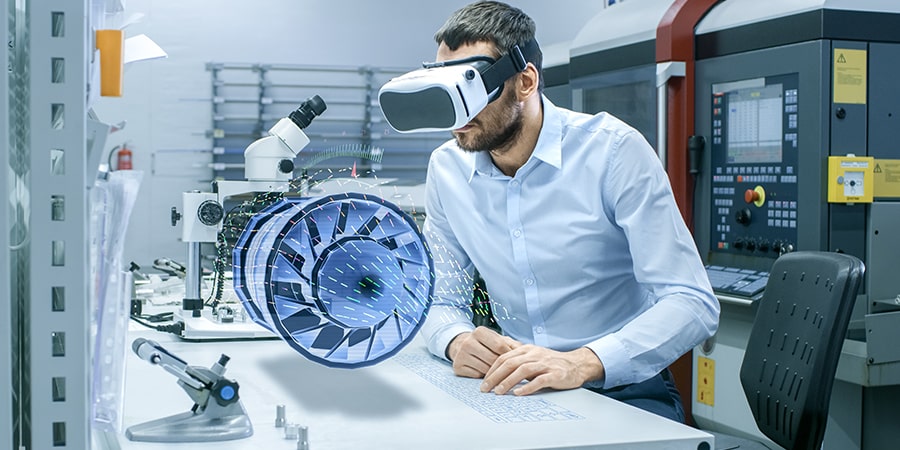Gauging the Opportunity: The Immersive Manufacturing Market Size

The future Augmented Reality & Virtual Reality In Manufacturing Market Size is poised to reach a truly significant scale, with detailed forecasts projecting a market valuation of $89.78 billion by the year 2035. This immense figure, which is expected to be achieved through a sustained and powerful growth rate of 28.62% CAGR over the next decade, quantifies the massive economic opportunity that lies in digitizing the human element of manufacturing. This market size is not just a measure of hardware and software sales; it represents the value of a fundamental operational shift toward a more connected, intelligent, and empowered workforce. The scale of this market indicates that immersive technologies are becoming a core pillar of modern industrial strategy, creating vast opportunities for technology vendors, service providers, and manufacturers themselves.
To fully comprehend the scale of this $89.78 billion market, it is essential to look at its composition. A substantial portion of this value will be generated by the enterprise software and platforms that manage these immersive experiences. This includes subscription fees for remote assistance platforms, licensing for virtual training content, and fees for platforms that integrate AR/VR with digital twin and PLM systems. Another major component is the hardware itself—the ruggedized AR glasses and high-fidelity VR headsets purchased to equip factory floors, training centers, and design labs. The services sector, which includes custom development, integration, and consulting, will also command a significant share, reflecting the complexity and strategic importance of these deployments for large manufacturing corporations looking to gain a competitive edge.
The impressive market size also reflects the technology's broad applicability across a wide array of manufacturing sub-sectors. The automotive industry has been a major early adopter, using AR/VR for everything from vehicle design and assembly line planning to technician training and quality control. The aerospace and defense sector is another key vertical, leveraging the technology for complex assembly guidance and maintenance of high-value assets. The industrial machinery, electronics, and even pharmaceutical manufacturing sectors are also rapidly increasing their investment. This wide-ranging appeal across multiple, high-value industries provides a diverse and resilient foundation for the market, ensuring that its growth is not dependent on the fortunes of a single sector and contributing to its massive overall size.
Ultimately, the projected market size of nearly $90 billion is a direct financial reflection of the immense operational value that AR and VR deliver. It represents the combined value of every hour of downtime saved, every assembly error prevented, every training course accelerated, and every product brought to market faster. It is the economic manifestation of improved safety, enhanced quality, and a more skilled and capable workforce. Therefore, this substantial market size forecast should be viewed as a clear and powerful signal that immersive technology is no longer an emerging trend but a core, value-creating engine for the global manufacturing industry, set to drive efficiency and innovation for decades to come.
Explore More Like This in Our Regional Reports:
India Wireless Telecommunication Service Market
- Paranormal
- Art
- Causes
- Crafts
- Dance
- Drinks
- Film
- Fitness
- Food
- Juegos
- Gardening
- Health
- Home
- Literature
- Music
- Networking
- Other
- Party
- Religion
- Shopping
- Sports
- Theater
- Wellness


